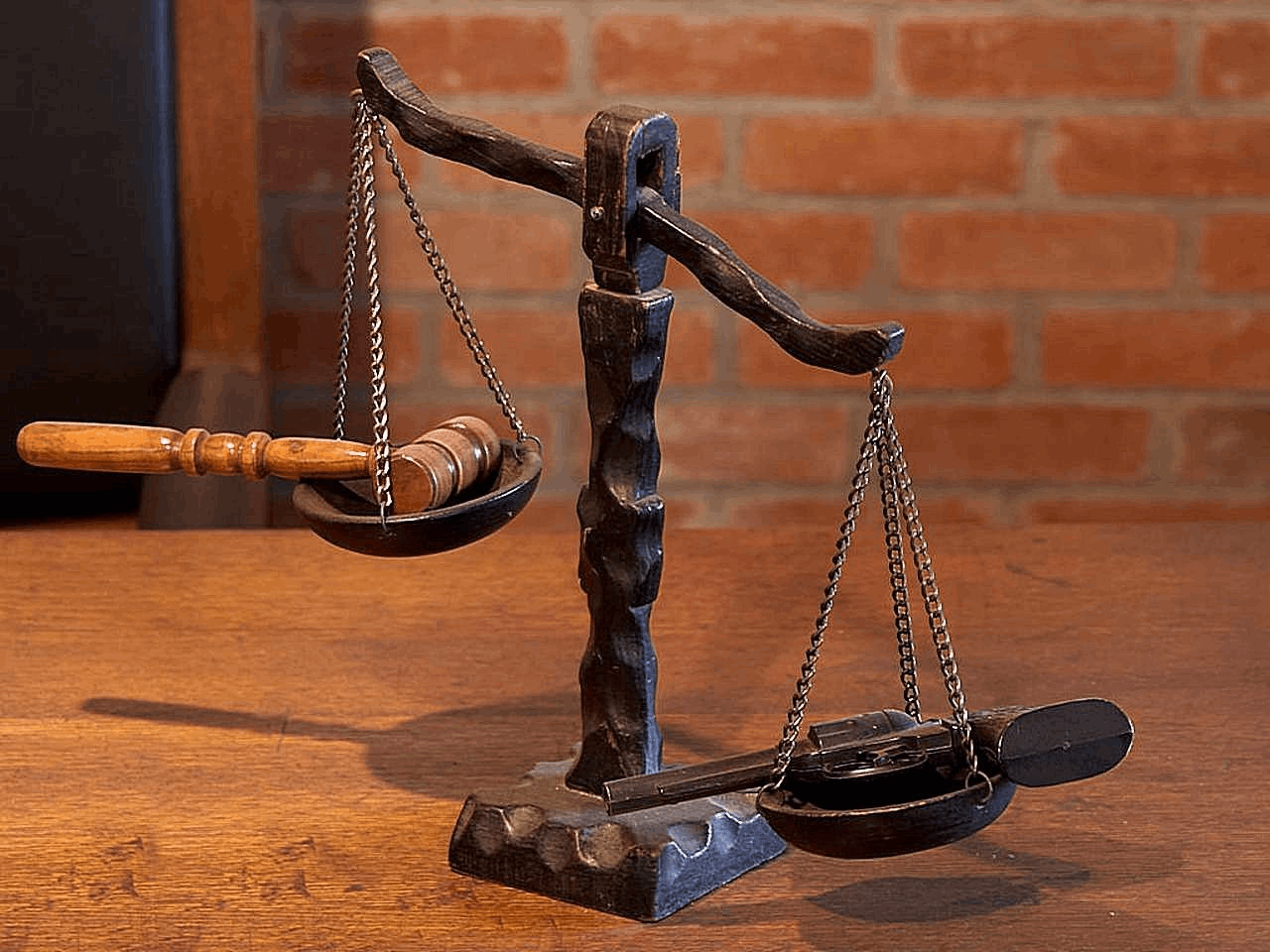In the ever-evolving landscape of cryptocurrency mining, Kaspa stands out as a promising contender, particularly in Germany, where technological innovation meets regulatory clarity. Kaspa, a proof-of-work blockchain designed for high throughput and scalability, has captured the attention of miners seeking alternatives to the dominant Bitcoin network. As enthusiasts in Deutschland dive into this space, the quest for the right hardware partner becomes paramount. With Germany’s robust infrastructure and commitment to renewable energy, mining Kaspa here isn’t just about profitability; it’s about sustainability and long-term viability. Imagine harnessing the power of advanced ASIC miners, tailored specifically for Kaspa’s Blake3 algorithm, to turn your investment into a steady stream of KAS tokens.
Selecting the ideal hardware partner involves understanding the intricacies of mining machines. These specialized devices, often referred to as mining rigs, are the backbone of any successful operation. In Germany, where efficiency is key, partnering with a company that specializes in selling and hosting these rigs can make all the difference. For instance, while Bitcoin mining relies on SHA-256 ASICs, Kaspa demands hardware optimized for its unique hashing requirements. This is where diversity in the market shines—options range from entry-level miners for hobbyists to industrial-scale setups for professional farms. The burst of innovation in this sector means miners can now access machines that not only mine Kaspa but also adapt to other coins like Ethereum or Dogecoin, adding layers of flexibility to your portfolio.

Yet, the real challenge lies in navigating the hosting options available. Hosting a mining rig in a dedicated facility, or mining farm, alleviates the burdens of electricity costs, cooling systems, and maintenance. In Deutschland, these farms are often powered by green energy sources, aligning with the country’s environmental standards. Picture rows of humming miners in a state-of-the-art facility, churning out blocks for Kaspa while contributing to a greener future. This setup not only enhances uptime but also allows miners to focus on strategy rather than logistics, making it a smart choice for those new to the scene.
Comparatively, Bitcoin’s dominance in the crypto world means its mining ecosystem is mature, with rigs from leading manufacturers readily available. However, Kaspa offers lower entry barriers and faster block times, appealing to those tired of BTC’s competitive hash rates. Ethereum, on the other hand, has shifted towards proof-of-stake, leaving miners to pivot to alternatives like Kaspa. Dogecoin, with its lighthearted community, continues to thrive on Scrypt-based mining, but its volatility reminds us of the unpredictable nature of this industry. By partnering with a reliable hardware provider in Germany, miners can diversify across these assets, perhaps running a rig that switches between Kaspa and ETH based on market conditions, creating a rhythmic dance of profitability and risk.
The rhythm of mining extends beyond hardware to the broader ecosystem, including exchanges where KAS tokens can be traded. Platforms like Binance or Kraken facilitate seamless conversion, but in Germany, local regulations ensure a secure environment for crypto transactions. This integration means that once your miners produce KAS, you can quickly liquidate or stake it, amplifying returns. Yet, the allure of Dogecoin’s meme-driven surges or Ethereum’s smart contract capabilities adds an unpredictable element, urging miners to stay informed and adaptive. A good hardware partner doesn’t just sell rigs; they offer insights into market trends, helping you navigate the bursts of opportunity in BTC, ETH, or emerging coins like Kaspa.
Building a mining operation in Germany demands a strategic approach, blending technology with foresight. Mining farms here are equipped with cutting-edge cooling and security, turning what could be a noisy, energy-guzzling endeavor into a streamlined process. For those considering self-hosting versus professional services, the latter often proves more efficient, especially with Kaspa’s energy demands. Envision a network of miners working in harmony, their LED lights flickering like stars in a digital galaxy, all under the watchful eye of a trusted partner who ensures optimal performance and minimal downtime.
Finally, as the crypto landscape bursts with innovation, finding the right hardware partner in Deutschland could define your success in Kaspa mining. This partnership isn’t merely transactional; it’s a collaborative journey toward financial independence. Whether you’re drawn to the stability of Bitcoin, the community of Dogecoin, or the scalability of Ethereum, the tools you choose today will shape tomorrow’s rewards. With rich options for hosting and hardware, Germany’s mining scene is poised for growth, inviting enthusiasts to join this vibrant, ever-changing world.

In summary, the path to effective Kaspa mining in Germany hinges on selecting a hardware partner that aligns with your goals, offering not just machines but a gateway to a diverse crypto future.



One response to “Kaspa Mining in Deutschland: Finding the Right Hardware Partner”
Exploring Kaspa mining in Germany uncovers a thrilling hunt for hardware partners, blending tech innovation, energy efficiency, and regulatory hurdles. Unexpectedly, the right ally could turbocharge yields while navigating volatile markets—essential for savvy miners!